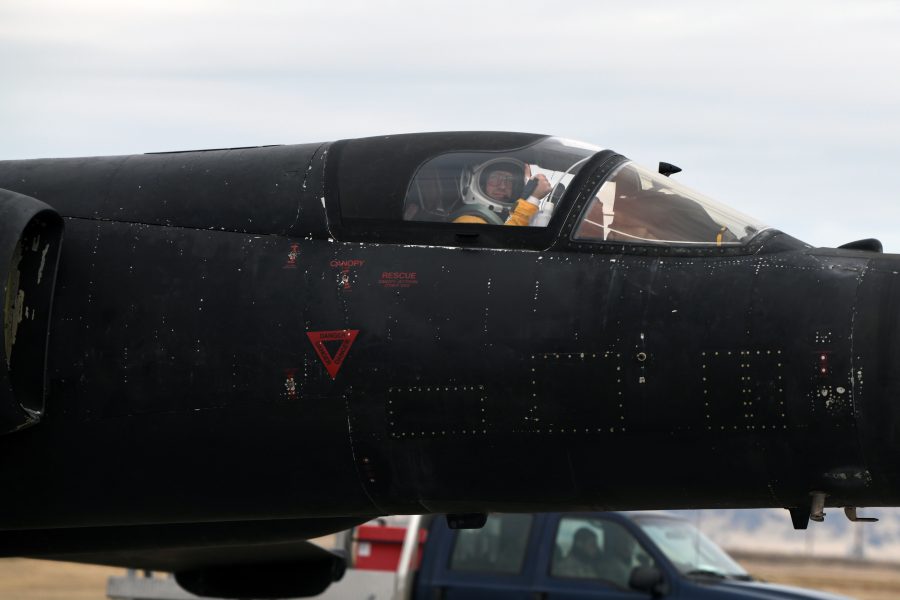One of the Air Force’s oldest planes became the first military aircraft to fly with artificial intelligence as its copilot on Dec. 15.
A U-2 from Beale Air Force Base, Calif., flew with an AI algorithm that controlled the Dragon Lady’s sensors and tactical navigation during a local training sortie. The algorithm, developed by Air Combat Command’s U-2 Federal Laboratory and named ARTUµ in a reference to the droid that serves as a copilot in the Star Wars film franchise, took over tasks normally handled by the pilot, in turn letting the flier focus on the flying.
“ARTUµ’s groundbreaking flight culminates our three-year journey to becoming a digital force,” said Will Roper, the Air Force’s assistant secretary of acquisition, in a release. “Putting AI safely in command of a U.S. military system for the first time ushers in a new age of human-machine teaming and algorithmic competition. Failing to realize AI’s full potential will mean ceding decision advantage to our adversaries.”
The laboratory used more than a half-million simulated training missions to build the algorithm, which took over sensors after takeoff. The training scenario focused on a simulated missile strike, with ARTUµ finding enemy missile launchers and the pilot looking for adversary aircraft—both using the U-2’s radar, according to the release.
“We know that in order to fight and win in a future conflict with a peer adversary, we must have a decisive digital advantage,” Air Force Chief of Staff Gen. Charles Q. Brown Jr said in the release. “AI will play a critical role in achieving that edge, so I’m incredibly proud of what the team accomplished. We must accelerate change and that only happens when our Airmen push the limits of what we thought was possible.”
The flight comes more than two months after the U-2 Federal Laboratory also flew another first, using the open-source Kubernetes system to update inflight software during a training mission.
Speaking Dec. 14 at the inaugural Doolittle Leadership Center Forum, Roper said the Air Force’s adoption of AI into its military systems, like the U-2 flight and the broader Advanced Battle Management System in development, is integral to the U.S. military staying ahead of advancing rivals, such as China. Artificial intelligence-enabled weapons systems—from satellites, to operator consoles, to operations centers, and then to cockpits—are needed to close a kill chain faster and more effectively, he said.
“If there is not AI as part of that value chain, even up in the cockpit itself helping that operator sort through data that would be dizzying for a human to deal with, then the best operator in the world can lose to a mediocre operator that has AI on a good day,” Roper said. “And that’s the thing we don’t want to have happen on our watch. We have operator superiority if we give them the AI advantage. It will create a confounding effect on adversaries because now they have to train for both our people and our AI. But if we don’t do that, we will be asking people to try to close their OODA loop against a machine that can make a million different decisions before a human can even read a display. And that is too big of a risk for us to ask our next generation of Airmen and Space Professionals to take on.”
